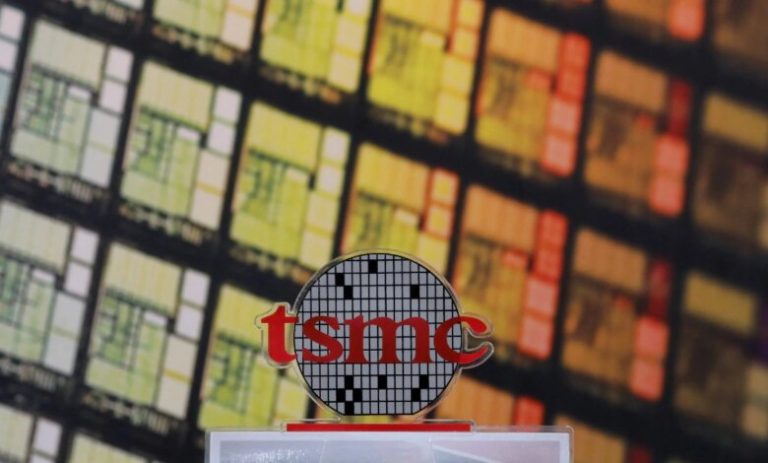
The AI/chip war is a fast-moving, ever-shifting battlefield. It’s driven by rapid advancements in semiconductor tech, fierce competition between companies like Nvidia, AMD, Intel, and TSMC, and the growing demands of AI workloads. Countries are also in on the game, with the U.S., China, and others jockeying for supremacy in both manufacturing and innovation. Supply chain issues, export controls, and breakthroughs like quantum computing or new chip architectures keep it unpredictable.
The rivalry in the AI/chip war is fueled by a mix of technological, economic, and geopolitical forces. AI demands insane computational power—think training large language models or running real-time inference. Companies like Nvidia (with its GPUs), AMD, and Intel are battling to build the fastest, most efficient chips. Innovations like smaller nanometer processes (e.g., 3nm from TSMC) or specialized AI accelerators (like Google’s TPUs) keep pushing the stakes higher. Chips are the backbone of everything—phones, cars, data centers, defense systems.
Controlling the supply or leading the market means billions (or trillions) in revenue. Nvidia’s skyrocketing valuation shows how much is up for grabs. Startups and legacy players alike are pouring cash into R&D to avoid being left behind. Nations see chips as a strategic asset. The U.S. restricts exports to China (e.g., cutting-edge chips and manufacturing gear) to slow their progress, while China’s pumping billions into homegrown firms like SMIC to break free from reliance on the West. Taiwan’s role as a chip-making hub (via TSMC) adds tension, given its shaky status with China.
Register for Tekedia Mini-MBA edition 19 (Feb 9 – May 2, 2026): big discounts for early bird.
Tekedia AI in Business Masterclass opens registrations.
Join Tekedia Capital Syndicate and co-invest in great global startups.
Register for Tekedia AI Lab: From Technical Design to Deployment (next edition begins Jan 24 2026).
Shortages from the pandemic exposed how fragile the system is—everyone’s fighting to secure fabs, rare materials (like neon gas or silicon wafers), and talent. It’s a scramble to not get choked out. The next big leap—whether it’s chiplet designs, quantum chips, or something else—could flip the table. No one wants to be the one eating dust when that happens. It’s a high-stakes slugfest where the winners get tech supremacy, cash, and influence, and the losers risk irrelevance.
The push for smaller process nodes continues—3nm is mainstream with TSMC and Samsung, while 2nm is on the horizon for 2025-2026. These shrinks boost performance and efficiency, critical for AI’s power-hungry workloads. Intel’s catching up with its 18A process (1.8nm equivalent), aiming to reclaim foundry leadership. General-purpose CPUs and GPUs are giving way to specialized silicon—think Nvidia’s H100, AMD’s Instinct MI300, and a flood of AI accelerators from startups like Cerebras and Graphcore. These chips prioritize parallel processing and energy efficiency for training and running massive models.
Instead of monolithic dies, companies are stacking smaller, specialized chiplets (e.g., AMD’s Ryzen, Intel’s Meteor Lake). This cuts costs, boosts yields, and lets firms mix-and-match for specific needs—like pairing AI cores with high-bandwidth memory. After years of shortages, there’s a rush to diversify. The U.S. CHIPS Act and EU Chips Act are funneling billions into domestic fabs—Intel’s Ohio plant and TSMC’s Arizona site are ramping up. Meanwhile, firms are stockpiling critical materials and rethinking reliance on Taiwan. Export controls are tightening—U.S. restrictions on advanced lithography (like ASML’s EUV machines) are squeezing China’s ability to make cutting-edge chips.
China’s countering with heavy investment in legacy nodes (28nm and above) and alternative tech like RISC-V architectures. AI’s energy demands are insane—data centers are gobbling up electricity. Chips are trending toward low-power designs, with innovations like gate-all-around transistors and backside power delivery (e.g., Intel’s PowerVia) to keep heat and costs down. High-bandwidth memory (HBM3, soon HBM4) and on-chip memory solutions are exploding to keep up with AI’s data needs. Companies like SK Hynix and Micron are in a fierce race to supply these.
It’s early, but quantum computing’s looming—IBM and Google are making noise, and hybrid classical-quantum chips could disrupt the game. Neuromorphic chips (mimicking brain-like processing) are also bubbling up for edge AI. Big players are swallowing smaller ones (e.g., Qualcomm eyeing acquisitions), while new entrants—especially in China and India—are shaking things up. TSMC’s still king, but its dominance is under pressure. The industry’s sprinting toward a future where AI, efficiency, and self-reliance dictate who wins. What trend do you see as the biggest game-changer?


